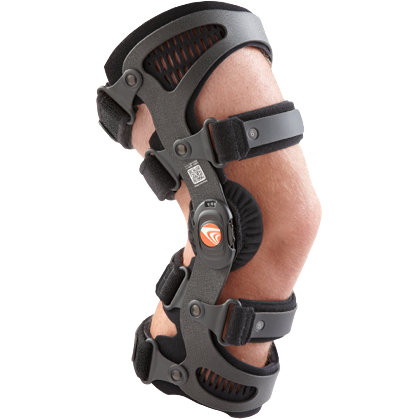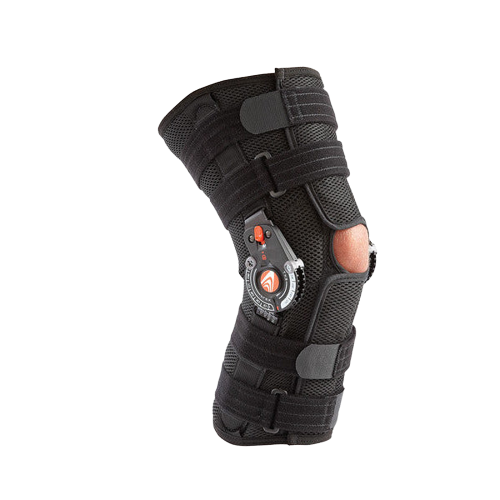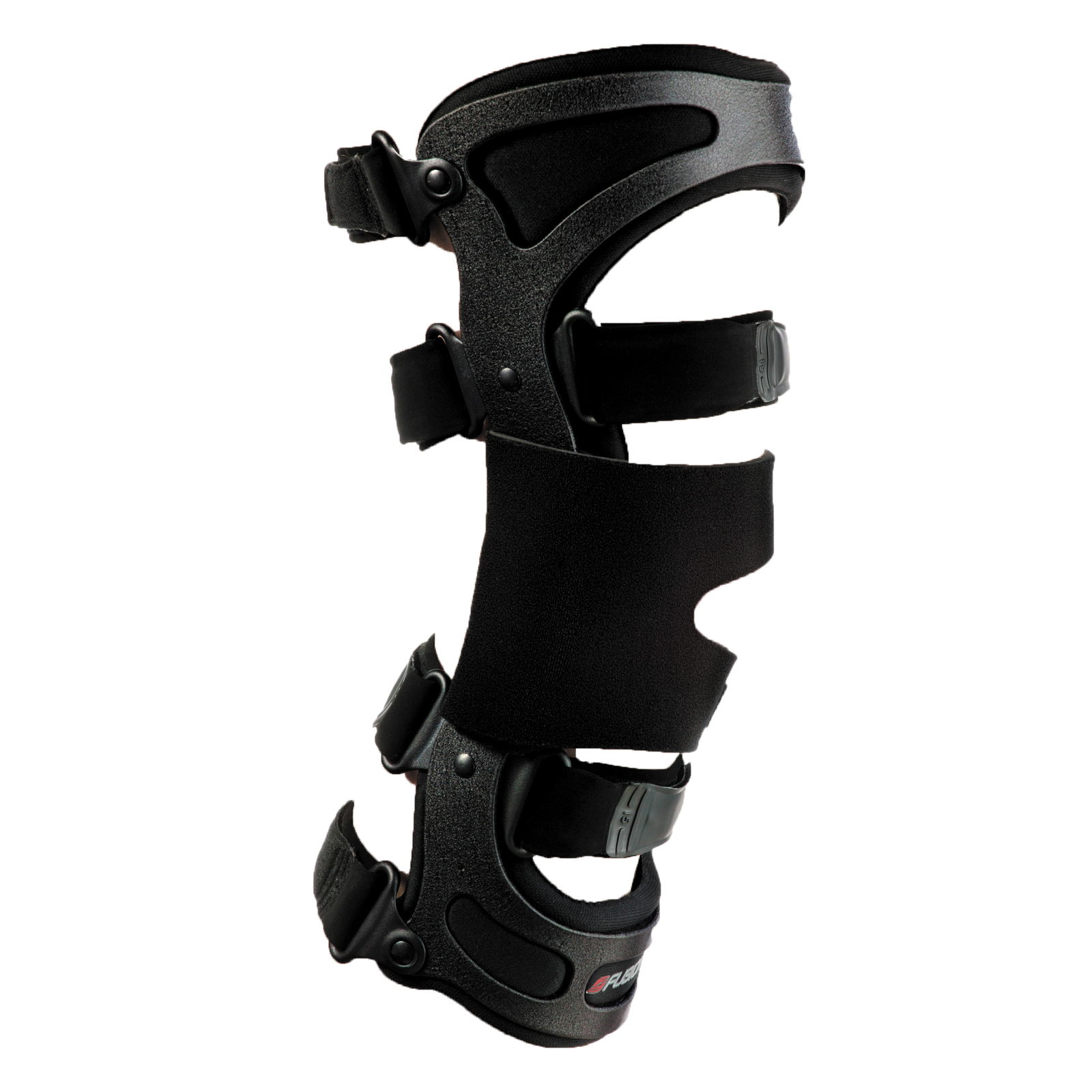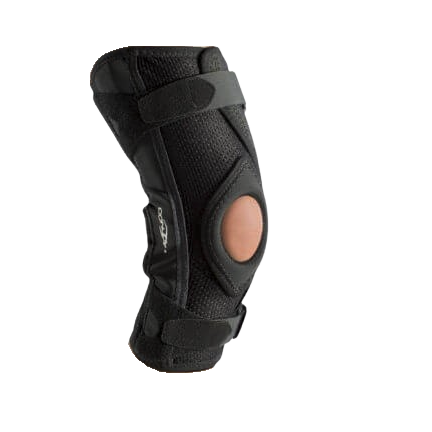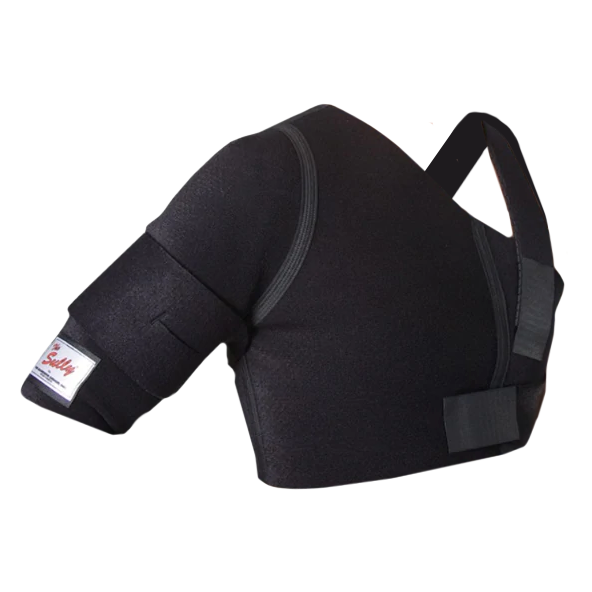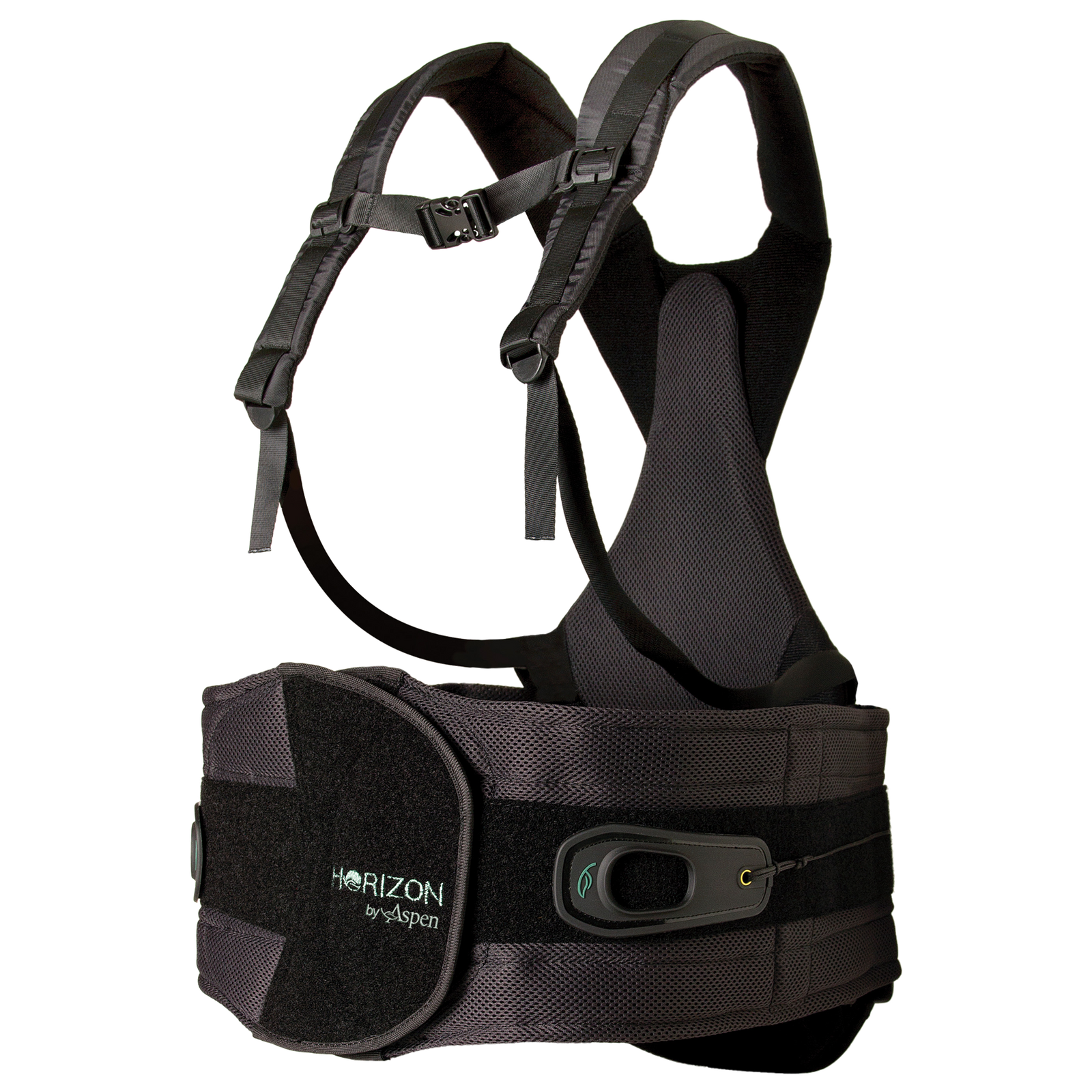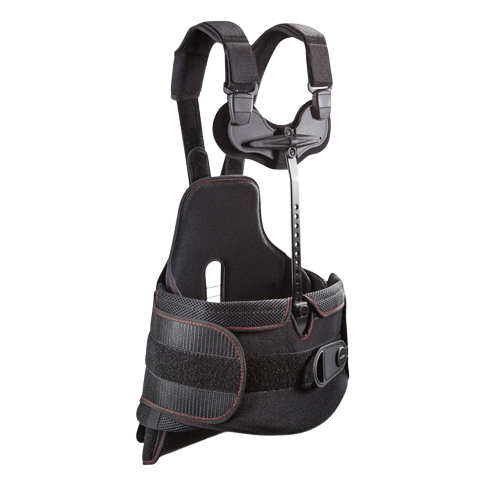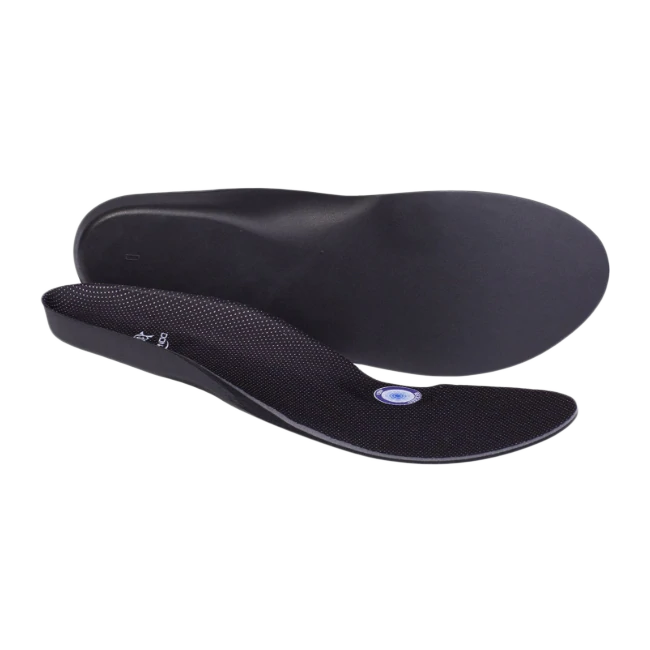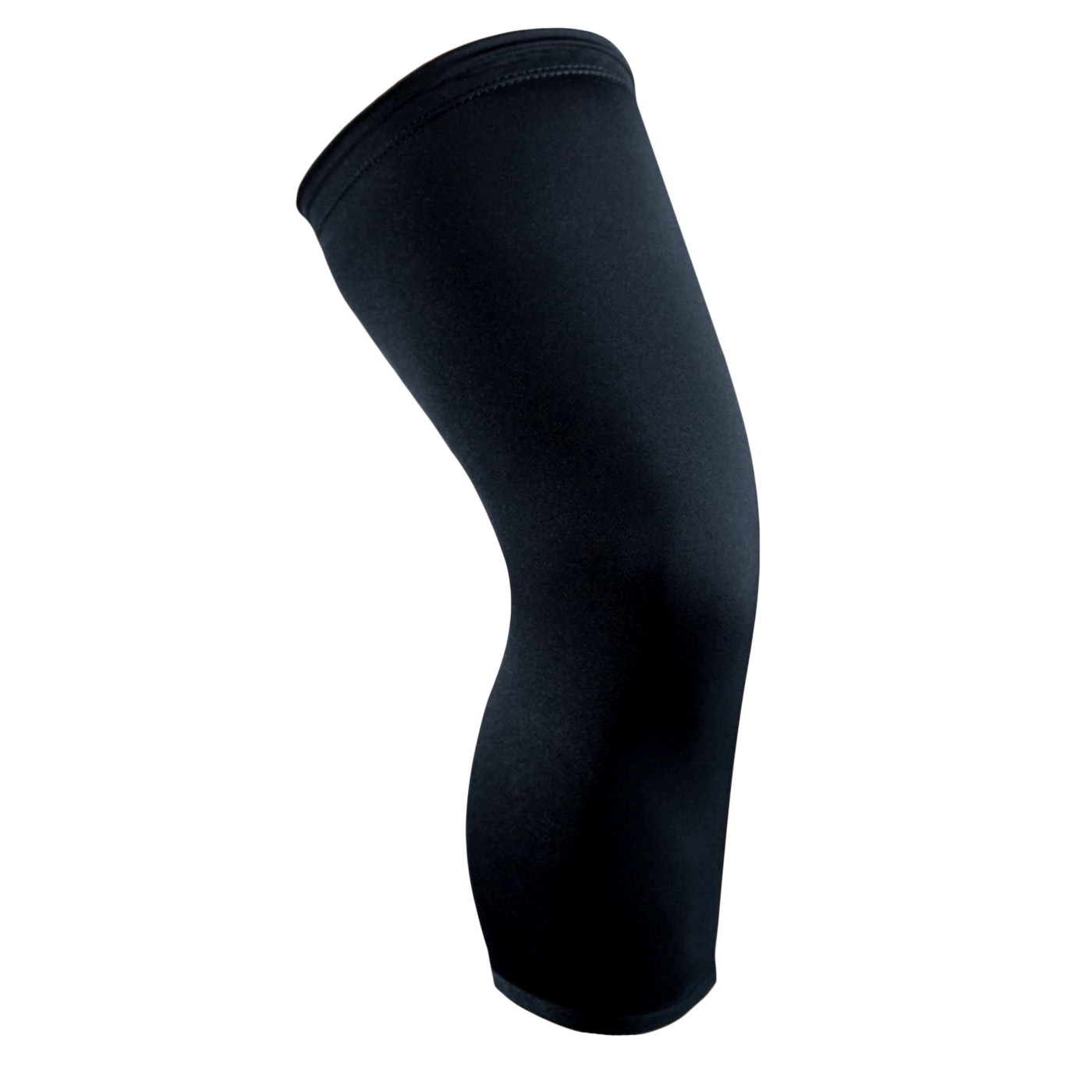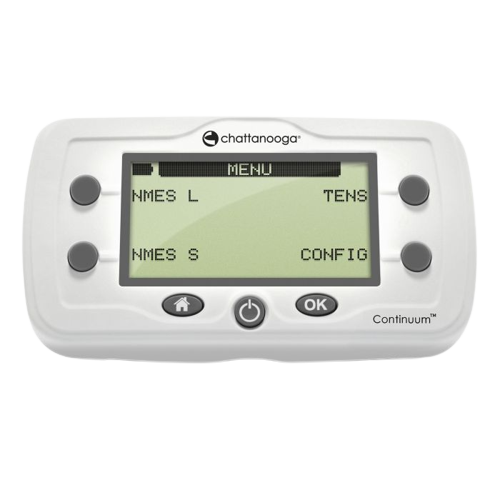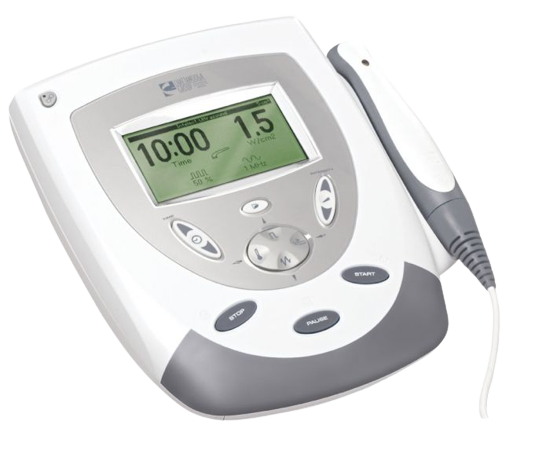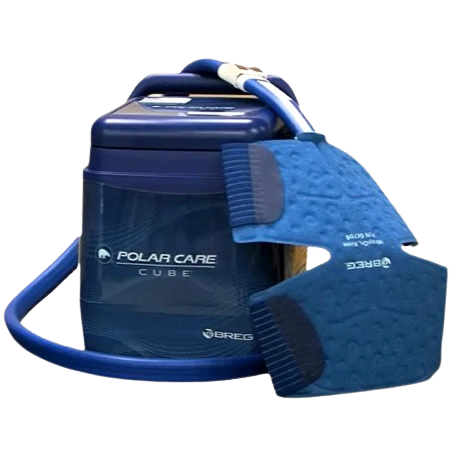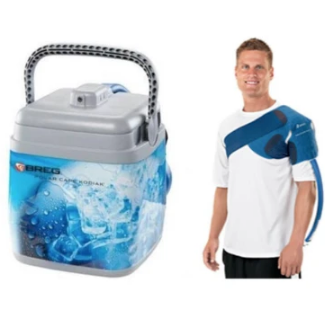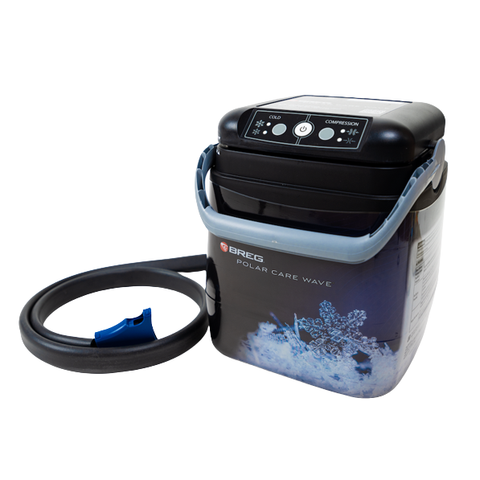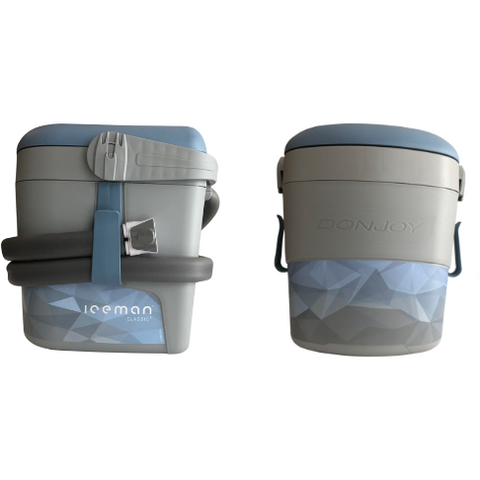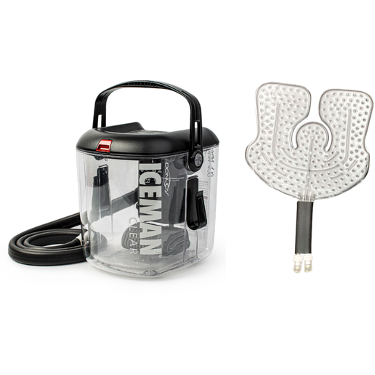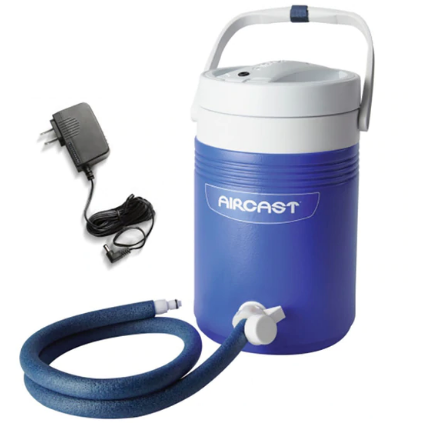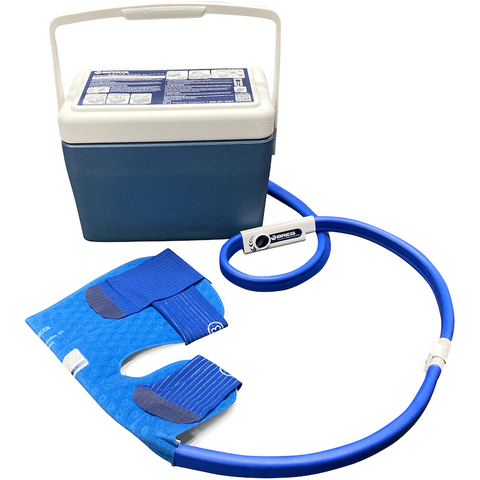
Inflammation is one of the body’s first natural responses to injury, infection, and other types of physical stress like surgery. Although inflammation is a natural response, and part of the healing process, too much inflammation can cause pain and discomfort. This is why many people look for ways to reduce inflammation.
One popular method for reducing inflammation is using cold therapy - applying cold temperatures to the inflamed area. But, does cold therapy reduce inflammation? What do we really know about cold therapy for inflammation? In this article, we’re going to explore the science behind cold therapy, what makes it effective for inflammation, and offer some tips for using cold therapy for inflammation.
A Brief Introduction to Cold Therapy
For so many ailments and injuries, we are told to “put ice on it”. Often, we see athletes after a game or injury walking around with an ice pack on the affected area. This is the most basic form of cold therapy - applying ice to an inflamed, injured part of the body to assist in reducing inflammation and promoting healing.
You can take cold therapy one step further with a cold therapy machine or unit. So,what is a cold therapy unit? Rather than having to ice an injured or inflamed area, you can put a sleeve or pad over the affected area. The cold therapy machine will then pump ice-cold water through tubing to the pad or sleeve at the affected area, for fast and efficient healing.
What Exactly is Inflammation?
Inflammation is your body’s response to physical injuries or infection. When you injure part of your body, an inflammatory response is triggered by the cells in the affected area. Your body triggers an inflammatory response because it’s an important part of the healing process - inflammation increases blood flow to the area, so that cells and nutrients can help to heal the injury or clear the infection.
However, too much inflammation can be a bad thing. It can cause your injury to swell up and be extremely painful, and can actually slow down the healing process. So, inflammation requires a careful balance - enough to begin the healing process, but not so much that it causes excessive swelling and pain.
Does Cold Therapy Reduce Inflammation?
So, does cold therapy reduce inflammation? Let’s take a look at what the science says.
How Does Cold Therapy Reduce Inflammation?
An important part of the inflammatory response is dilating (expanding) the blood vessels in the affected area. This allows more blood and fluids to travel to the affected area, which results in swelling. When you ice the affected area, you constrict the blood vessels, which restricts the flow of blood and fluids to the area. This reduces swelling and inflammation, and helps you heal faster.
The Antiinflammatory Effects of Cold Therapy vs Other Treatment Options
As we just explained, using cold therapy for inflammation can be an effective way to reduce inflammation and promote the healing of your injury. In this case, we are talking about “acute inflammation”, or inflammation which occurs as the result of an injury or infection. Cold therapy is one of the most effective ways to deal with acute inflammation, along with rest, good hydration, and elevating the injury or affected area.
Should You Reduce Inflammation With Cold Therapy?
When using cold therapy for inflammation, it’s important to understand how and when to use cold therapy, when not to use cold therapy, andwhen to use cold therapy vs heat therapy. Let’s now take a look at when you should and shouldn’t use cold therapy for inflammation.
Not All Inflammation is Bad
As mentioned, inflammation is your body’s natural response to an injury or surgery. It’s an important part of the healing process - without some inflammation, your body can’t direct helpful cells and important nutrients to the affected area. That’s why it’s important to know when and how often to use ice therapy - you don’t want to completely kill off the inflammatory response altogether.
Timing Your Cold Therapy in Your Healing Journey Matters
When using cold therapy for inflammation, it’s important to consult with your doctor about when the best time to use cold therapy is for you. For most injuries and patients recovering from surgery, it’s recommended to get started with cold therapy soon after the injury/surgery, and gradually taper your cold therapy off after a few weeks.
Always Get Approval From Your Doctor
Not only does cold therapy reduce inflammation, but it can have other effects on the body as well. Given that the nature of every patient’s inflammation is different, it’s critical to discuss your specific situation with your doctor before you begin your cold therapy journey. You will need to find outis cold therapy good for you, and have the doctor answer your other questions likehow long to use cold therapy after surgery.
Tips for Using Cold Therapy for Inflammation
Now that we’ve answered the question “Does cold therapy reduce inflammation?”, let’s take a look at some tips you can use to make the most of your cold therapy and reduce your inflammation as effectively as possible.
How Long & Often to Use Cold Therapy to Reduce Inflammation
Make sure you consult with your doctor regarding how long to use the cold therapy machine, and how often to use it. Usually doctors recommend to use cold therapy on a specific area for no more than 20-30 minutes at a time. As you start to recover and your inflammation is subsiding, you can use the machine less frequently - just remember to check with your doctor first, and learn abouthow long to use Breg Polar Care Cube here.
Make Sure You Have the Right Cold Therapy System
When it comes to cold therapy systems, there are many to choose from, and no two are the same. It’s important to find the best system for your specific needs. To use cold therapy for inflammation, many patients choose Breg - a popular, top-quality brand with several different units to choose from.
TheBreg Polar Care Glacier Cold Therapy Unit is the biggest machine, and offers more than 12 hours of cold therapy before the ice needs replacing. TheBreg Polar Care Kodiak Cold Therapy Unit is one of the few battery-operated units, which means it’s perfect if your injury hasn’t affected your mobility too much and you want to use cold therapy on the go. TheBreg Polar Care Wave Cold Therapy System combines cold therapy and compression therapy, while the Cube is a smaller option, offering four to six hours of cold therapy. Find aBreg Polar Care Cube for sale on the Ortho Bracing website - your leading supplier for all cold therapy systems.
Another popular option is aDonjoy Ice Machine. TheDonjoy Iceman Clear Machine has a clear cooler compartment, making it easy to see the ice level remaining. TheDonjoy Iceman Classic 3 uses Donjoy’s dual pump to recirculate cold water, speeding up recovery and reducing inflammation. If you’re not sure which brand is best for you, you can explore a comparison ofDonjoy vs Breg here. A third brand is theAircast Ice Machine, which uses cold and compression therapy to reduce swelling and inflammation.
Quick Advice on Cold Therapy System Setup/Breakdown/Maintenance
If possible, it’s a good idea to become familiar with your cold therapy system before you use it. This way, if you have an unexpected injury, you already know how to use the machine and can start reducing inflammation right away. To set up the machine, follow its specific directions, as each model may have different components and run slightly differently.
After each use, empty the ice cooler and ensure it’s fully dry before storing. Periodically, wash the tubing, pump, and other components. Store your cold therapy system in a cool, dry place - nowhere where there is a chance of moisture building up, and nowhere there is a chance that the tubing could become damaged from sunlight or heat.
Other Ways to Manage Inflammation Besides Cold Therapy
As well as cold therapy for inflammation, there are several other steps you can take to reduce and manage inflammation. For acute inflammation (the type of inflammation seen after an injury or surgery), elevating the area, applying compression, and resting can help to manage inflammation. These techniques are even more effective when used in combination with cold therapy for inflammation.
Wrapping Up Our Discussion on Cold Therapy for Inflammation
So, does cold therapy reduce inflammation? The answer is an overwhelming yes! Of course, it’s important to consult with your doctor before you begin cold therapy for inflammation, so that they can explain how to use cold therapy for your specific case. A cold therapy machine can provide the rapid relief you need from inflammation, and speed up your healing and recovery process.
At Ortho Bracing, we have a variety Cold Therapy Machines and other recovery products including:
Breg Polar Care Wave Cold Therapy System
Breg Polar Care Wave Knee Cold Therapy System
Breg Polar Care Cube Replacement Pads
Breg Polar Care Wave Knee, Hip & Shoulder Pads
DonJoy Tru Pull Lite Knee Brace
DonJoy Ultrasling Pro Shoulder Immobilizer












